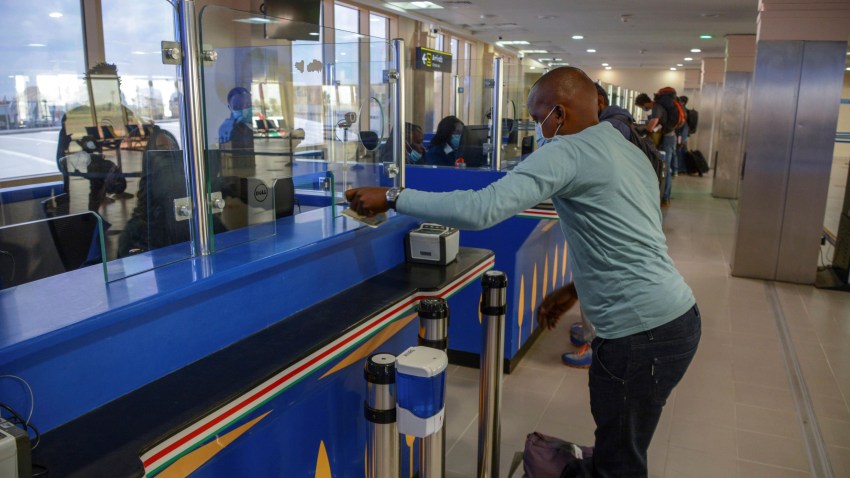In early November, the governments of Kenya and Rwanda announced that they were extending visa-free travel to all African visitors to both countries. The two nations joined the Seychelles, Benin and Gambia in promising to remove visas as an obstacle to African travelers. Although the announcements are yet to be accompanied by bureaucratic changes, they were met with considerable enthusiasm on the continent as a step in the right direction toward realizing the spirit of pan-Africanism.
Visas and the rigid bureaucracies they are based on are only part of the complexity of cross-border travel for Africans across the continent. While the move toward visa-free travel is a step in the right direction, it is not sufficient to address the range of challenges facing Africans crossing national borders in Africa.
Free movement of people across Africa is not just a central demand of the pan-African movement. It is one of the pillars on which the African Union was established, particularly as an economic community. The 1991 treaty that established the African Economic Community—the economic complement to the AU’s politically oriented founding treaty—included the free movement of people on the continent as one of its central aspirations. This reflects the fact that historically almost all borders on the continent were drawn by colonial administrations and do not accurately represent the political realities of African societies. As a result, in many cases, national boundaries cleave communities and peoples, or leave them unable to access traditional sources of resources, like pasture and water. Free movement of people is also a key priority of the AU’s Agenda 2063, the main policy document that serves as a roadmap for the organization’s current programs.

